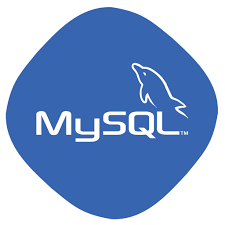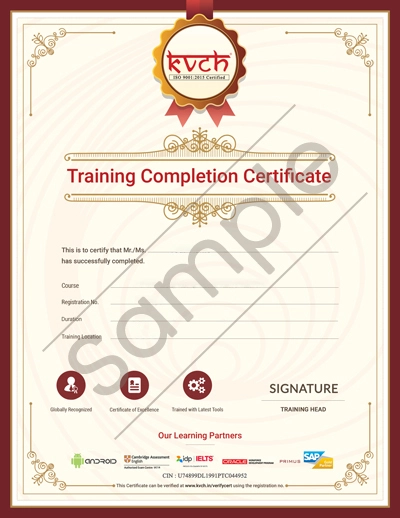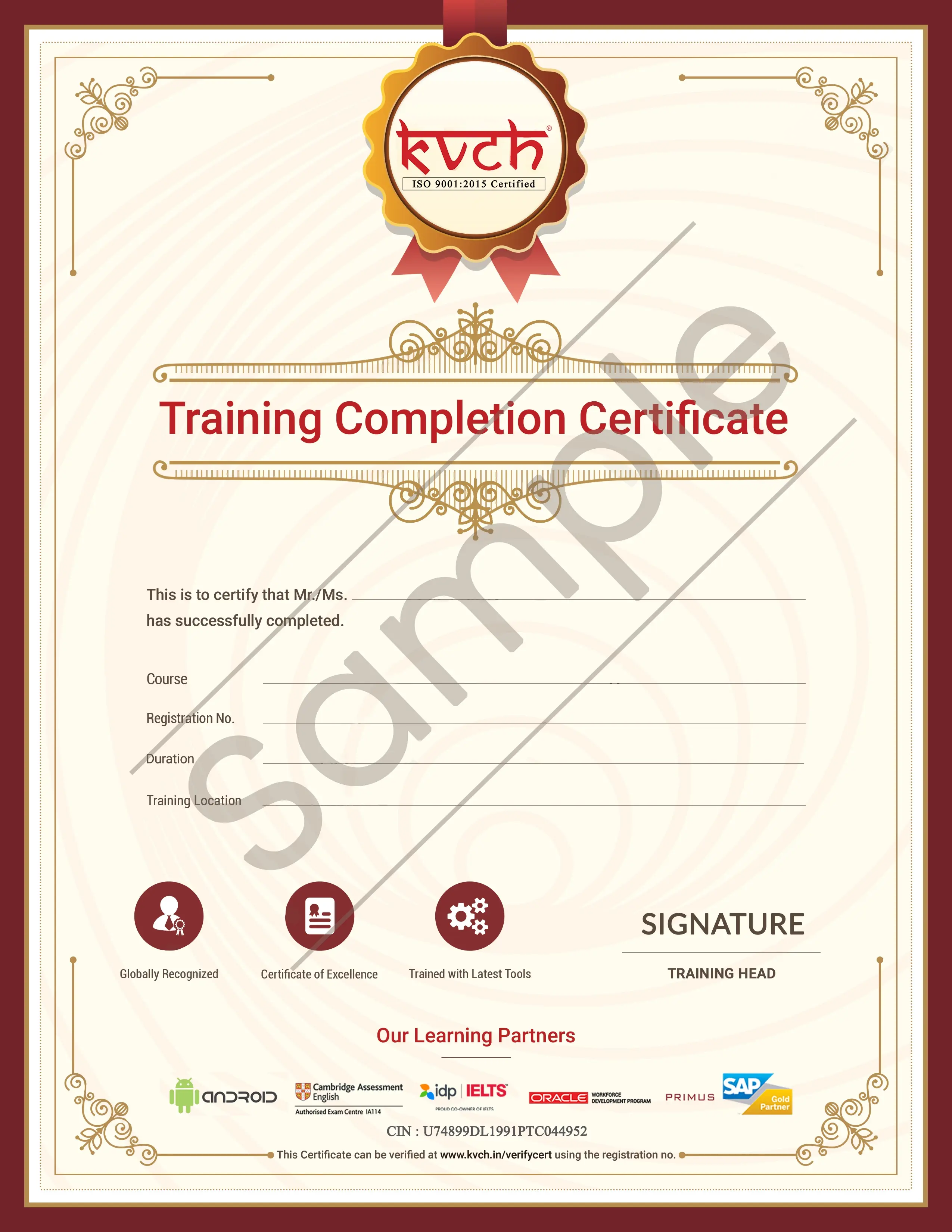MySql Overview
While SQL is the language used to interact with MySQL, MySQL itself is a comprehensive database management system with many features beyond just executing queries. This guide delves into the specifics of MySQL, covering its architecture, storage engines, administration, and other key aspects.
MySQL Architecture
MySQL follows a client-server architecture. The MySQL server is responsible for managing the database, while clients connect to the server to perform operations. Key components include:
- MySQL Server (mysqld): The core process that manages the database, handles connections, and executes queries.
- Storage Engines: Responsible for storing and retrieving data. InnoDB is the default and most widely used, providing ACID compliance and transaction support. Other engines like MyISAM are available for specific use cases.
- Connectors: Libraries that allow applications written in various programming languages (e.g., PHP, Python, Java) to connect to the MySQL server.
- Utilities: Tools for administration, backup, and other tasks (e.g.,
mysqldump,mysqladmin).
Storage Engines: The Heart of Data Management
MySQL's pluggable storage engine architecture allows for flexibility in how data is stored and accessed. Some key storage engines include:
- InnoDB: The default storage engine, offering transactional support, row-level locking, and foreign key constraints. Suitable for applications requiring high reliability and data integrity.
- MyISAM: A non-transactional engine that offers high read performance but lacks features like transactions and row-level locking. Suitable for read-heavy applications or data warehousing.
- Memory (HEAP): Stores data in memory, providing very fast access but with the risk of data loss on server restart. Suitable for temporary tables or caching.
MySQL Administration
Managing a MySQL server involves various tasks:
- User Management: Creating users, granting permissions, and managing access control.
- Backup and Recovery: Creating backups of databases and restoring them in
case of data loss. Tools like
mysqldumpare commonly used. - Performance Tuning: Optimizing server settings, query performance, and indexing to ensure efficient database operation.
- Security Hardening: Implementing security best practices to protect the database from unauthorized access.
Key MySQL Features Beyond SQL
- Replication: Creating copies of the database on multiple servers for redundancy and high availability.
- Partitioning: Dividing large tables into smaller, more manageable parts for improved performance.
- Stored Procedures and Functions: Pre-compiled SQL code that can be stored and executed on the server.
- Triggers: Code that automatically executes in response to certain database events.
Example: Using mysqldump for Backup
# Create a backup of the 'mydatabase' database
mysqldump -u root -p mydatabase > mydatabase_backup.sql
# Restore the backup
mysql -u root -p mydatabase < mydatabase_backup.sql
Choosing the Right MySQL Version
MySQL offers different versions and distributions, including:
- MySQL Community Server: The open-source version, suitable for most users.
- MySQL Enterprise Edition: A commercial version with additional features, support, and tools.
- MySQL Cluster CGE: A distributed, shared-nothing clustering solution for high availability and scalability.
Understanding these aspects of MySQL beyond just SQL provides a more holistic view of its capabilities and how it can be effectively used in various applications.











.webp)
.webp)
.webp)
.webp)
.webp)
.webp)
.webp)
.webp)
.webp)
.webp)
.webp)
.webp)
.webp)
.webp)
.webp)
.webp)
.webp)
.webp)
.webp)
.webp)
.webp)
.webp)






























